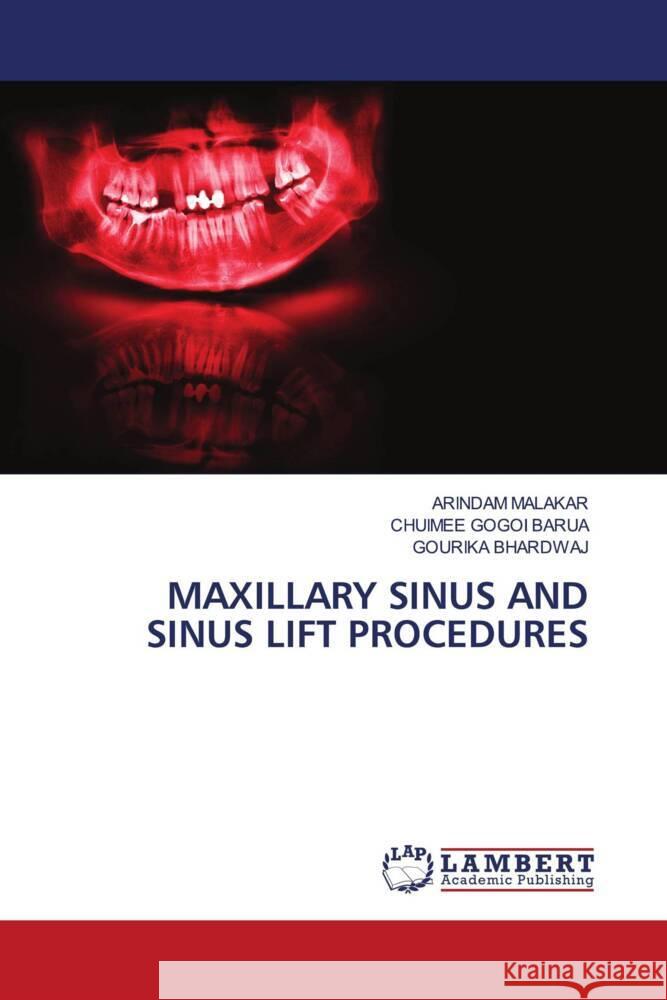MAXILLARY SINUS AND SINUS LIFT PROCEDURES » książka
MAXILLARY SINUS AND SINUS LIFT PROCEDURES
ISBN-13: 9786206786191 / Angielski / Miękka / 92 str.
Dental implants can be a viable treatment option when there is sufficient quantity and quality of bone, although deficient alveolar ridges could jeopardize the application of implant dentistry. This problem is especially magnified in the posterior maxilla where there is ridge resorption and sinus pneumatization. Maxillary sinus pneumatization is a physiological process that occurs in all paranasal sinuses during the growth period, in order to increase the volume and this process is accelerated after tooth extraction. The maxillary subantral augmentation procedure is a well-established technique for increasing bone volume in the deficient posterior maxilla. The sinus lift procedure has increasingly become a common practice especially when the insufficient heights of residual bone prevent the placement of dental implants in the maxillary posterior alveolar ridge. Numerous studies have shown that the dental implant survival rate is higher in patients whose dental implants were placed in grafted sinuses than the dental implants placed without sinus lifts.











